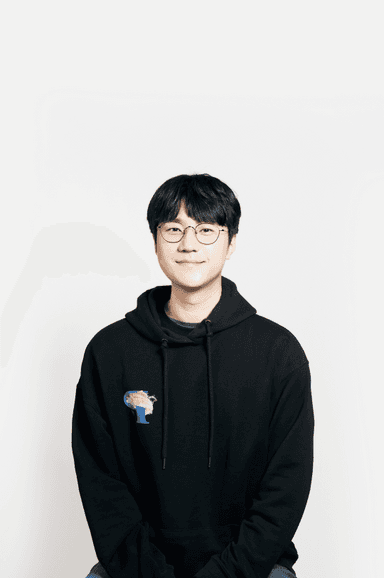HEY MA&PA - An unforgettable day at work with our kids
We organized the "HEY MA&PA" event for Gaudio members and their children, who were on summer break, to spend some quality time together.
The event featured a variety of activities designed for both parents and kids, allowing families to bond and create lasting memories. Most importantly, we wanted the children to experience their parents' workplace firsthand, strengthening family ties and instilling pride in the work their parents do.
At first, the kids shyly held their parents' hands, but as the day went on, their excitement grew, and they became more engaged. Curious about what made this event so memorable for them? Let’s take a look!
A Day at Dad’s Workplace!
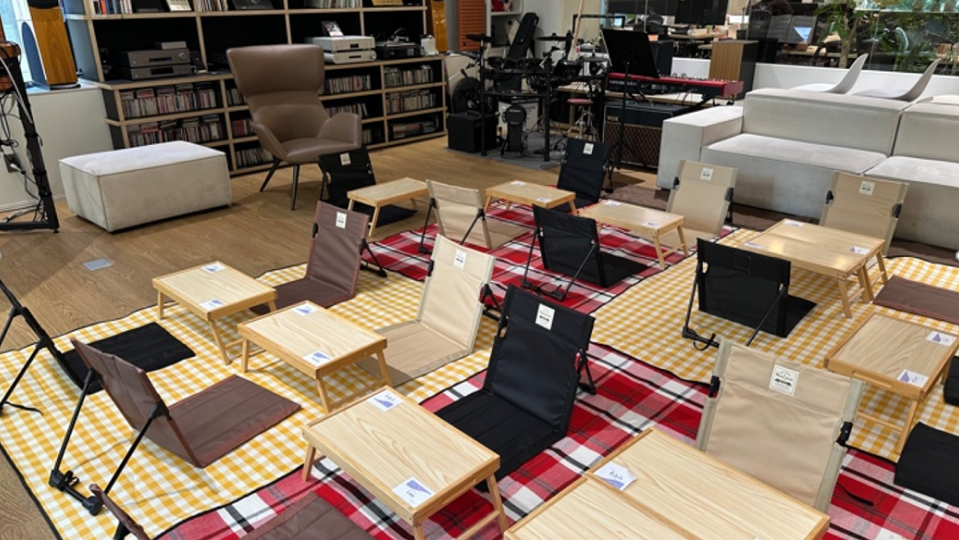

The theme of the event was "A Picnic at Mom and Dad's Office 🧺." With picnic chairs, checkered mats, and delicious food set up in our lounge area, the day kicked off with a fun adventure for the kids. Gaudio Lab’s lounge, usually a relaxation spot for employees, was transformed into a cozy picnic area where families could unwind. The kids had the chance to explore the office and see what their parents' workplace is like up close.
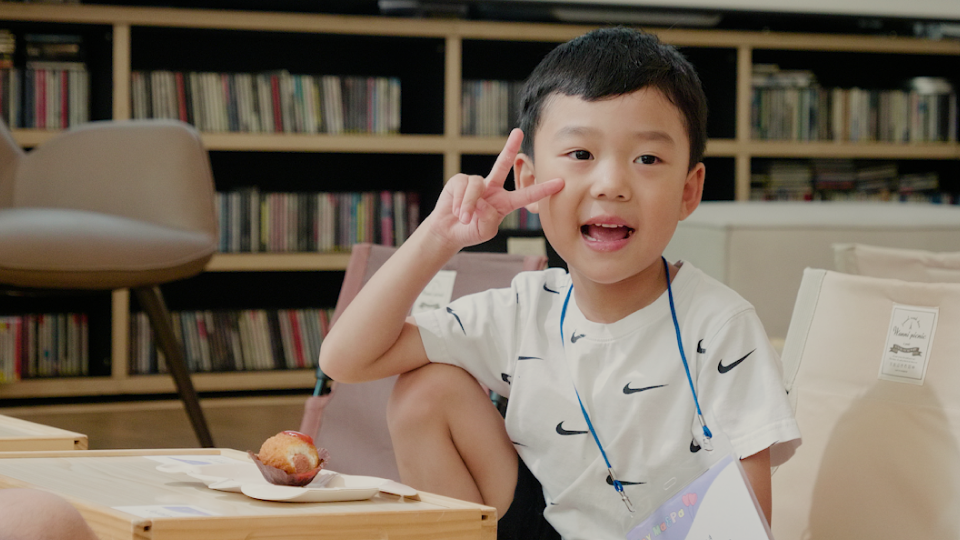
<Jayden's child, Shinyoung, first to arrive>
Exploring the Office
As soon as the children arrived, they embarked on a series of missions, guided by our staff. These missions took them to various parts of the office, giving them a glimpse of where their parents spend most of their day.
Gaudio Lab’s office, modeled after locations in Jeju Island, is designed to support sound research and development, making it a unique space for the kids to explore.
At the "Bijarim" area, the kids got to experience Gaudio Lab’s audio technology, taking on the role of junior engineers. They also posed for pictures at their parents' desks, tapped away on keyboards, and explored the workspace while enjoying snacks. Some even checked out their parents' New Year’s resolutions, with a few children candidly revealing whether their parents were sticking to them! 😆
After completing all the missions, the kids received family t-shirts and cute stickers as rewards, and the day ended with a family photo in front of our large media wall, "Ora".
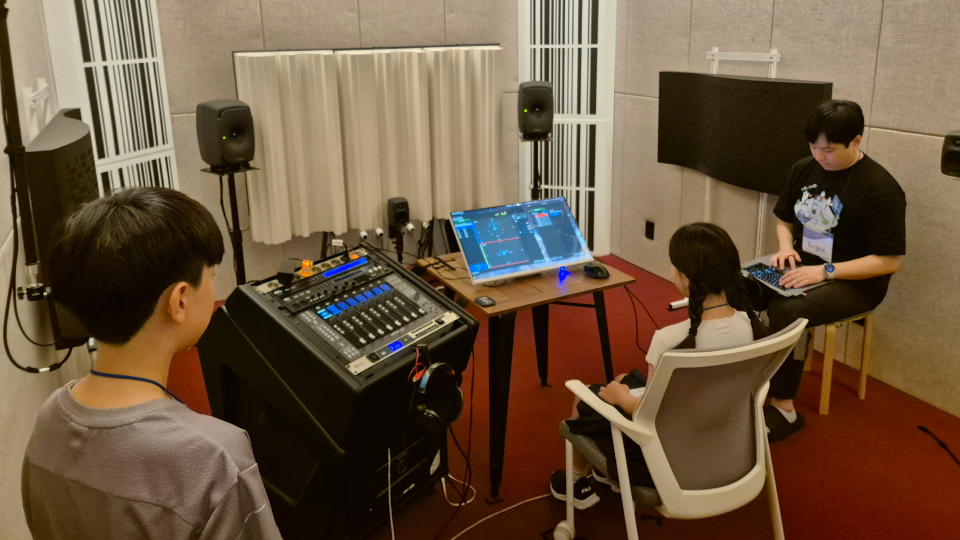
<Children experiencing Gaudio Lab's spatial sound technology at Bijarim>
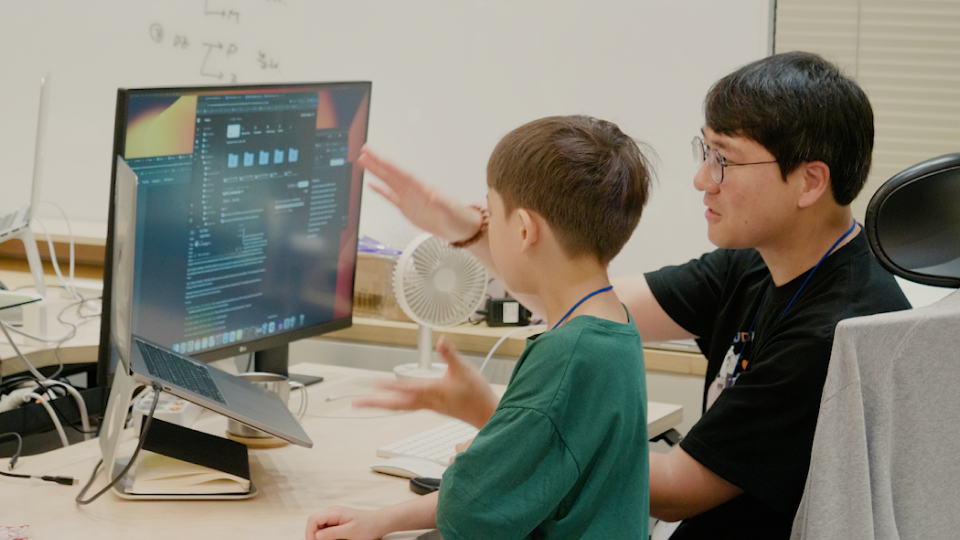
<Kids learning about what their parents do at work>

<Johnny's family taking a photo at the photo zone>
CEO Henney's Special Mission: Keeping the Kids Engaged

No company event would be complete without a welcome speech!
Our CEO, Henney, was tasked with introducing Gaudio Lab to the children in an exciting way. By demonstrating Gaudio Lab’s music separation technology using the kids’ favorite songs, Henney kept their attention while proudly highlighting the important work their parents do. It was a proud moment for both the kids and the parents. 😃
Bath Bomb Making Time
To give the children a memorable experience in the “Aewol” meeting room—typically reserved for client meetings—we decided on a bath bomb-making activity. This hands-on project was chosen because it was something kids of all ages could enjoy. We brought in an instructor, and the kids threw themselves into the creative process, crafting their own bath bombs with enthusiasm. It was heartwarming to see them proudly showing off their creations to their parents 🥰. Meanwhile, the parents enjoyed a well-deserved moment of relaxation.
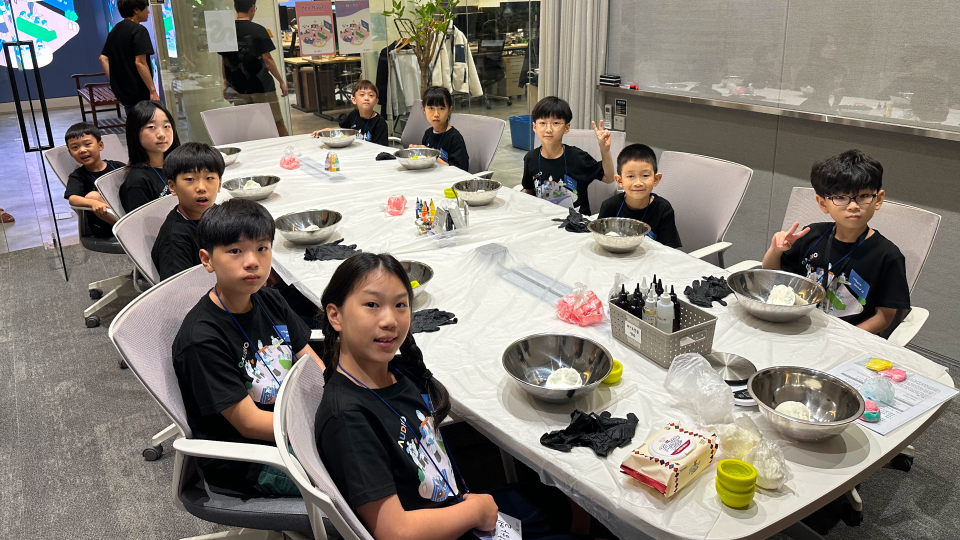
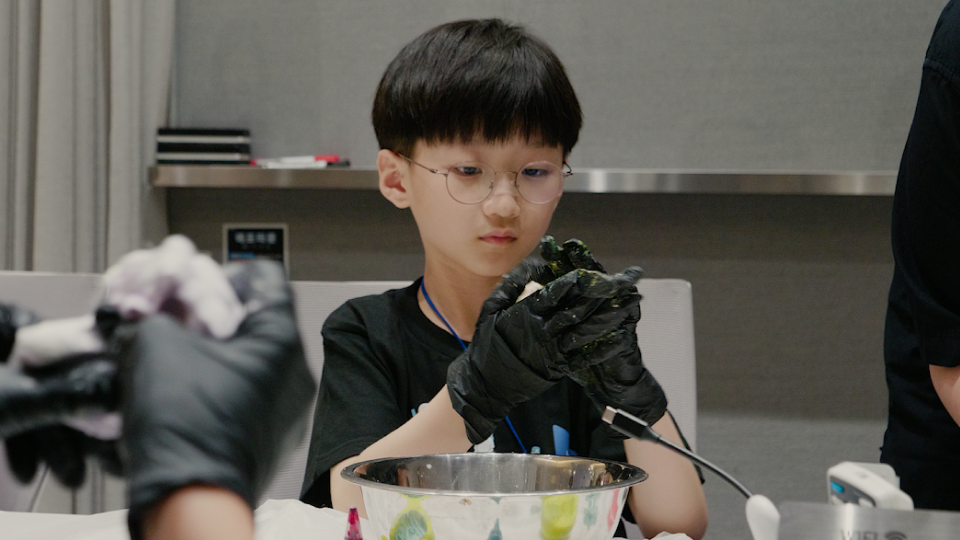
<Fun bath bomb making activity>
The Grand Finale: A Group Photo
To wrap up the event, we gave each family matching t-shirts, which they wore for a group photo. Seeing everyone smiling and wearing their shirts together was the perfect way to close the day. The memories captured in these photos will be treasured by all who attended.
For the children, this day was likely an unforgettable experience spent with their parents. And for the parents, sharing a part of their daily work life with their kids made the day truly special. This event wasn’t just a family outing—it was an opportunity for the children to better understand and take pride in their parents’ work. Gaudio Lab is dedicated to creating more moments like this for families in the future.
A big thank you to everyone who participated, and we look forward to seeing you at the next event! 🥳
Related article: https://www.econovill.com/news/articleView.html?idxno=663840


